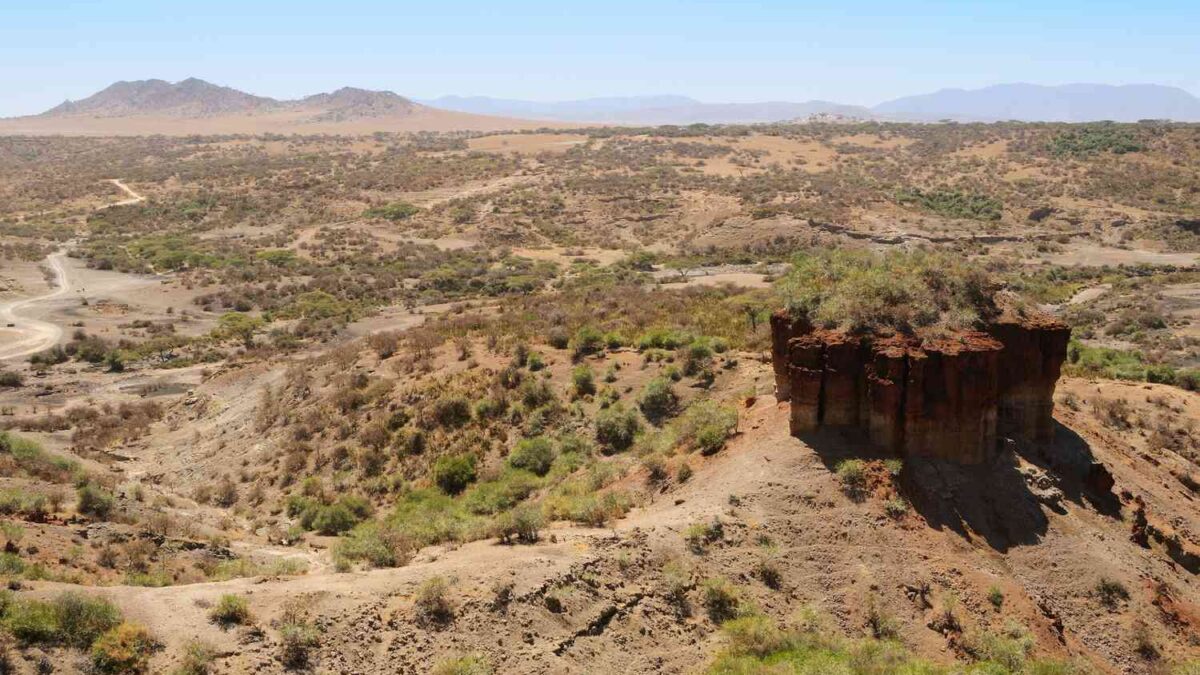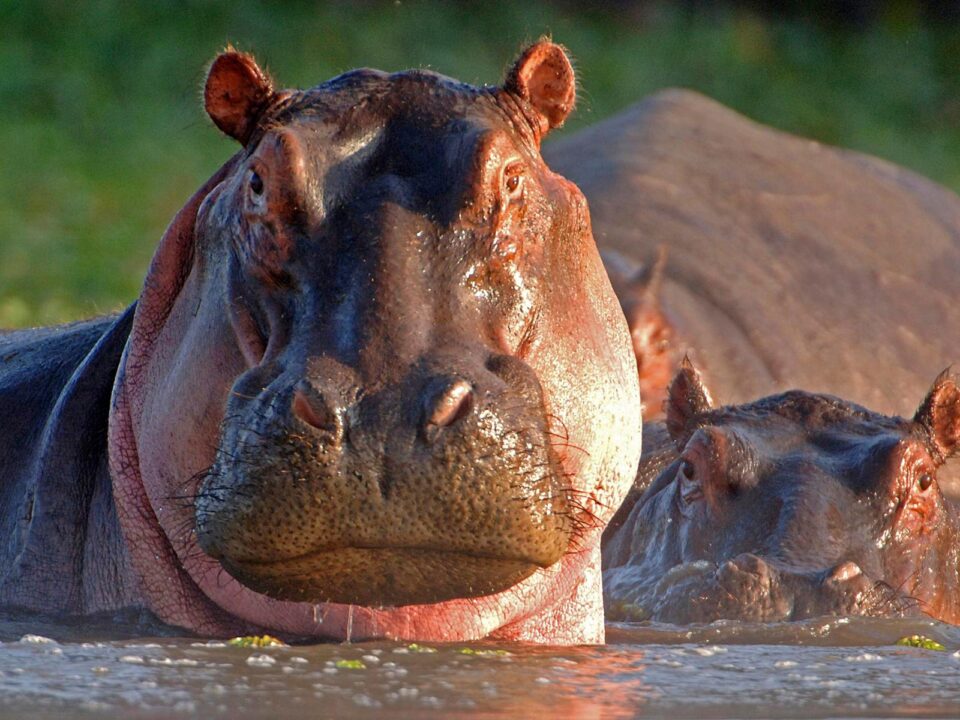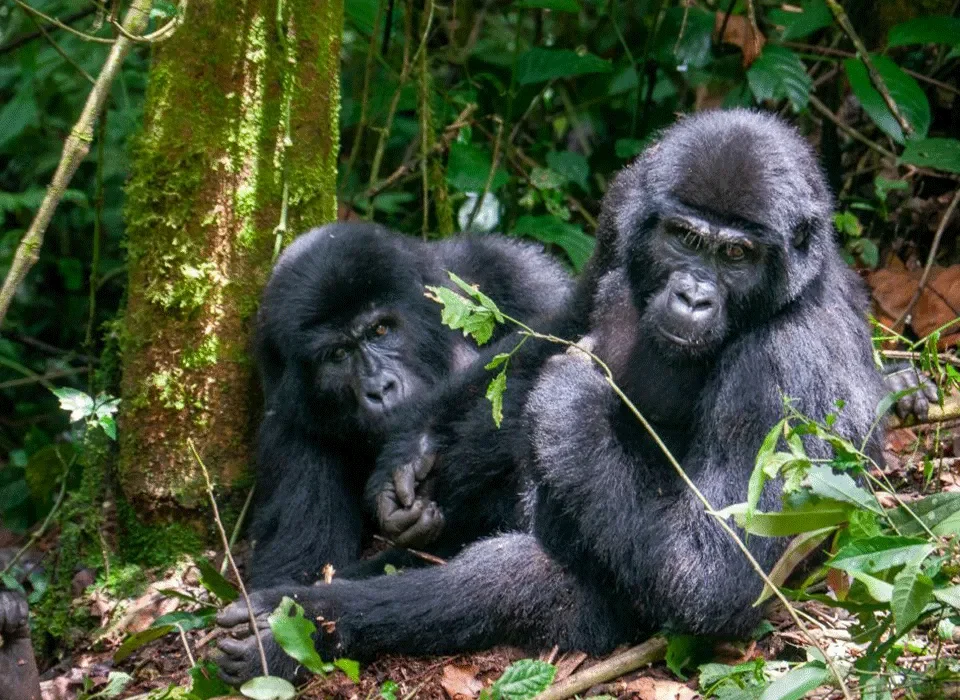Olduvai Gorge in Serengeti, Tanzania

Mubare Gorilla Family in Buhoma sector
December 7, 2023
Matiti Plains & Twin hills in Serengeti, Tanzania
December 10, 2023Exploring the Historical Tapestry of Olduvai Gorge in Serengeti, Tanzania
Nestled in the northern expanse of Tanzania, Olduvai Gorge in Serengeti stands as an eminent testament to the evolution of mankind. Revered globally for the groundbreaking discoveries by Louis and Mary Leakey, this site has unveiled a rich tapestry of early human existence, featuring invaluable artifacts, fossils, and insights into the evolutionary journey of our stone tool-wielding ancestors. Over the past century, research at Olduvai has yielded a treasure trove of archaeological and paleontological data, offering a profound glimpse into key phases of early human evolution spanning two million years.
Olduvai Gorge in Serengeti holds a special place in history as the birthplace of the Oldowan, the earliest-known human technology. The site not only marked the discovery of traces of an early stone tool culture but also played a pivotal role in establishing the Oldowan-Acheulean transition. It stands as one of the pioneering locations where the Acheulean, a new technological era, was first identified, reshaping our understanding of the evolution of human culture.
The intricate story of Olduvai revolves around the transition from the Oldowan to the Acheulean, a significant narrative in modern Paleoanthropology. The Olduvai Geochronology and Archaeology Project (OGAP) unites a diverse team of international archaeologists and geologists, collectively striving to unravel the mechanisms that triggered the emergence of the Acheulean in Olduvai Gorge Serengeti.
Olduvai Gorge, also known as Olduwai, is more than just a geographical marvel; it is a paleoanthropological treasure trove situated in the eastern Serengeti Plain within the Ngorongoro conservation area of northern Tanzania. This steep-sided ravine, comprising two branches, stretches approximately 30 miles (48 km) with a depth of 295 feet (90 meters). The exposed deposits on the gorge’s sides chronicle a time span from about 2.1 million to 15,000 years ago. A staggering revelation, these deposits have yielded fossils of over 60 hominins, offering the most continuous record of human evolution over the past 2 million years. Additionally, Olduvai Gorge boasts the lengthiest archaeological record detailing the development of stone-tool industries. Recognizing its monumental significance, Olduvai Gorge was rightfully designated as part of a UNESCO World Heritage site in 1979, cementing its place as a crucible of human history.




